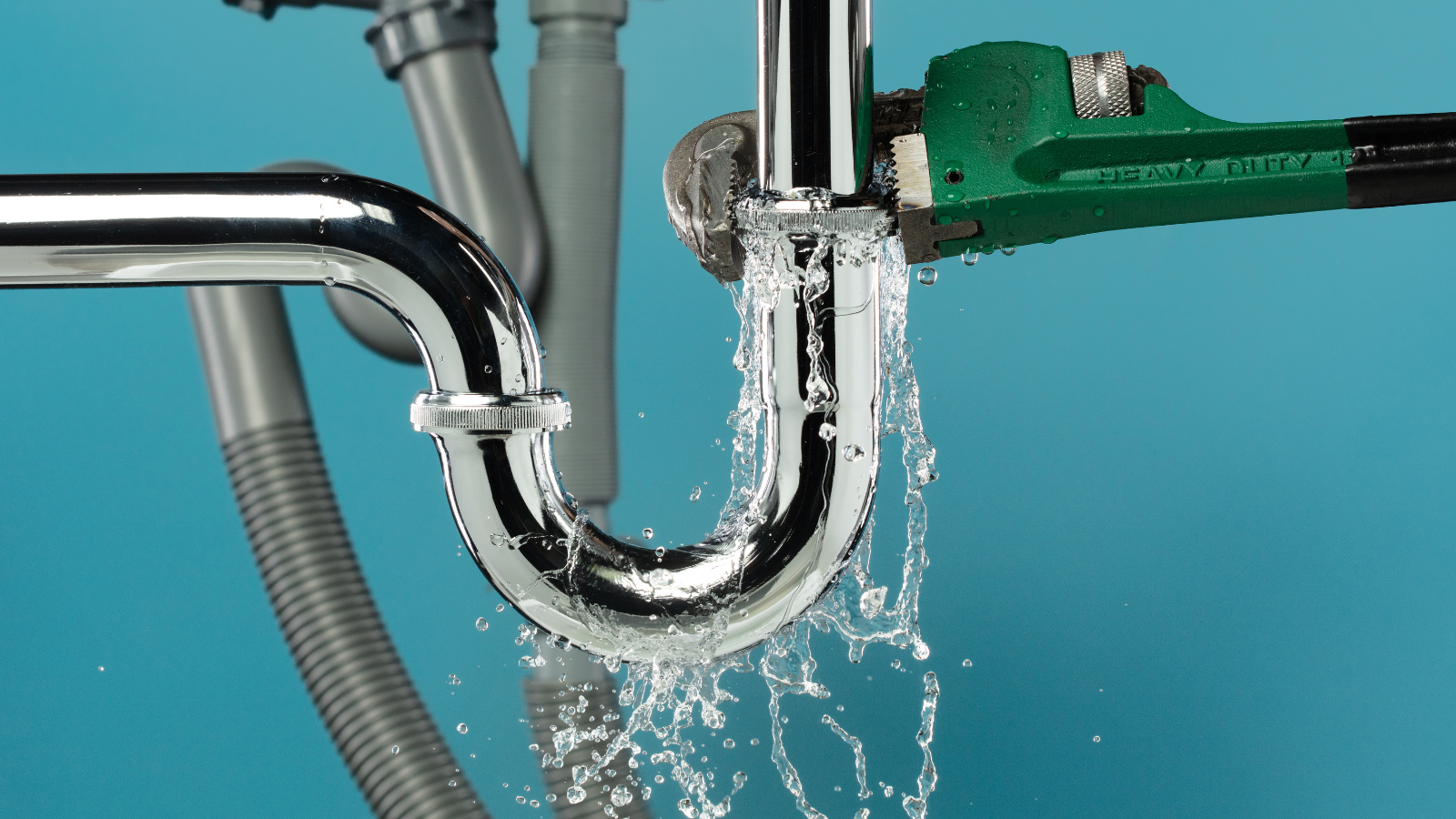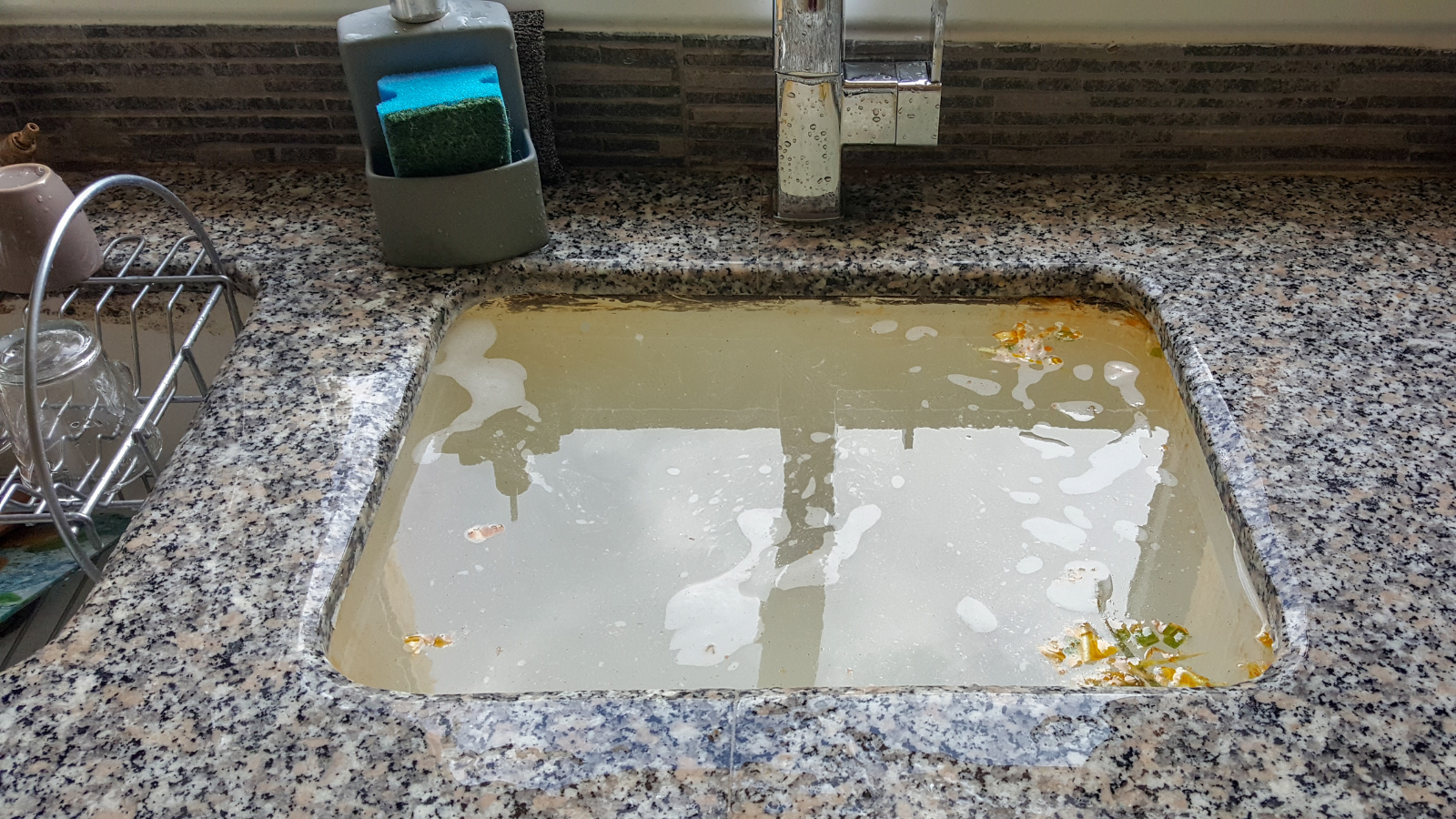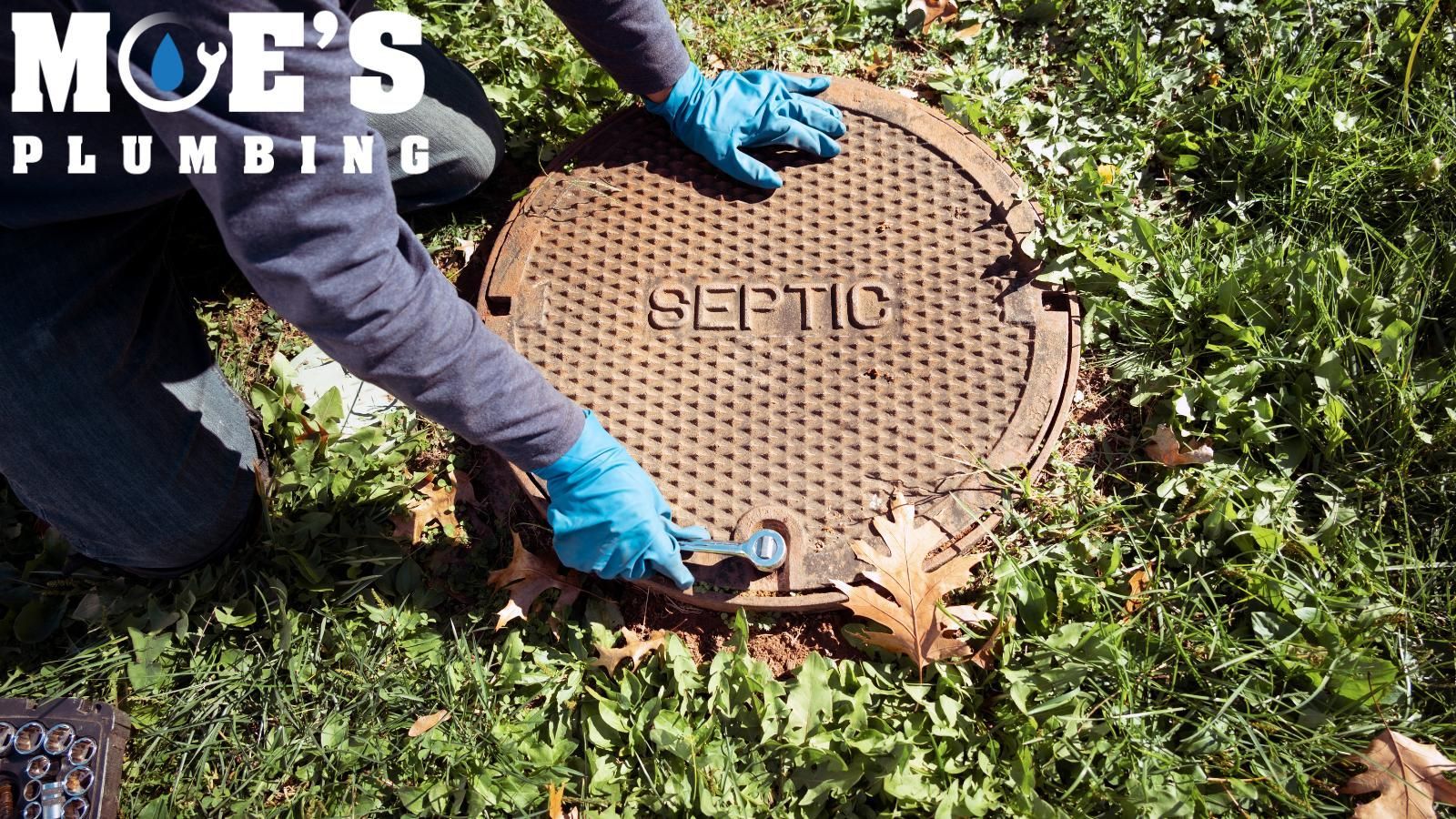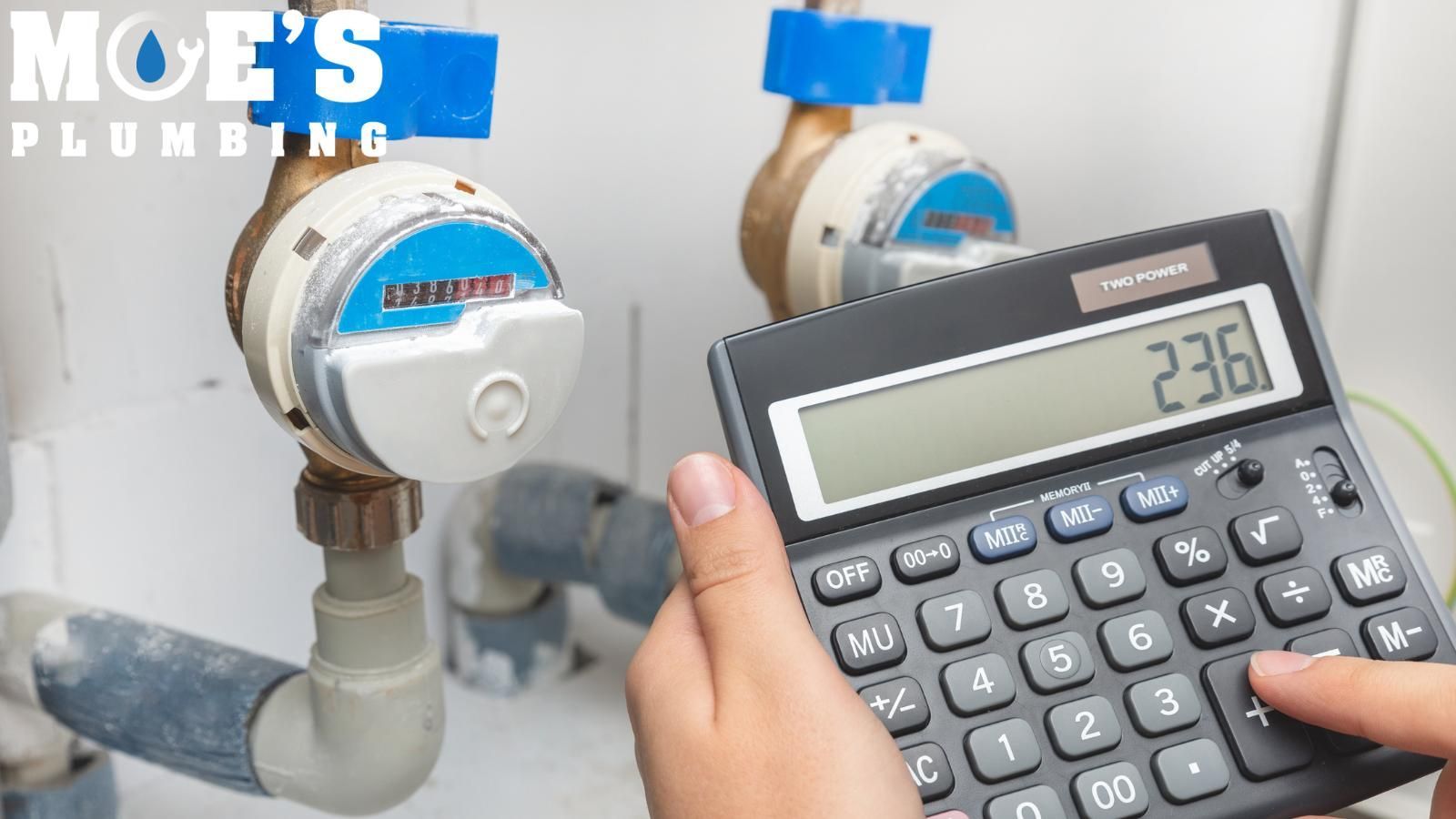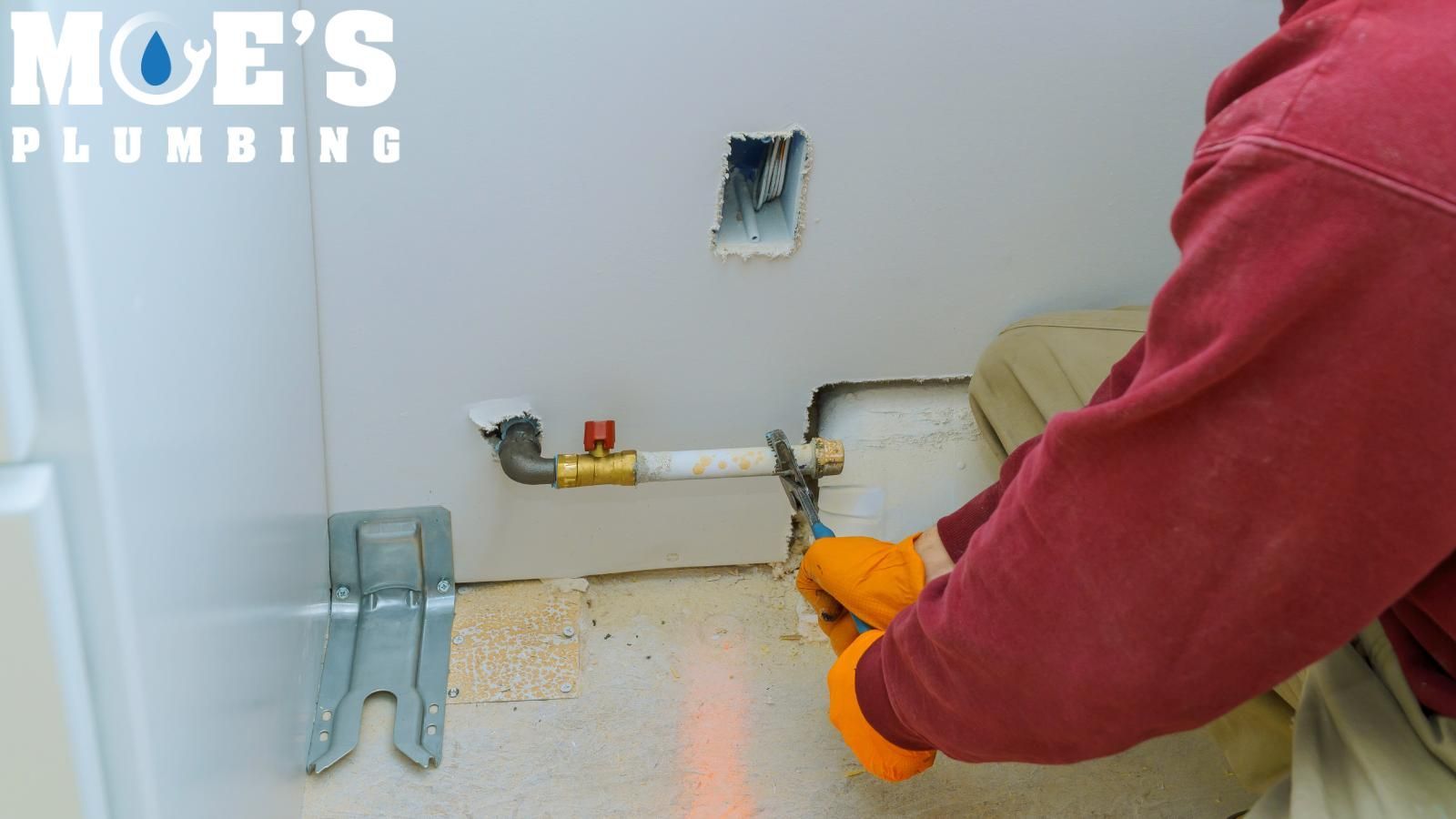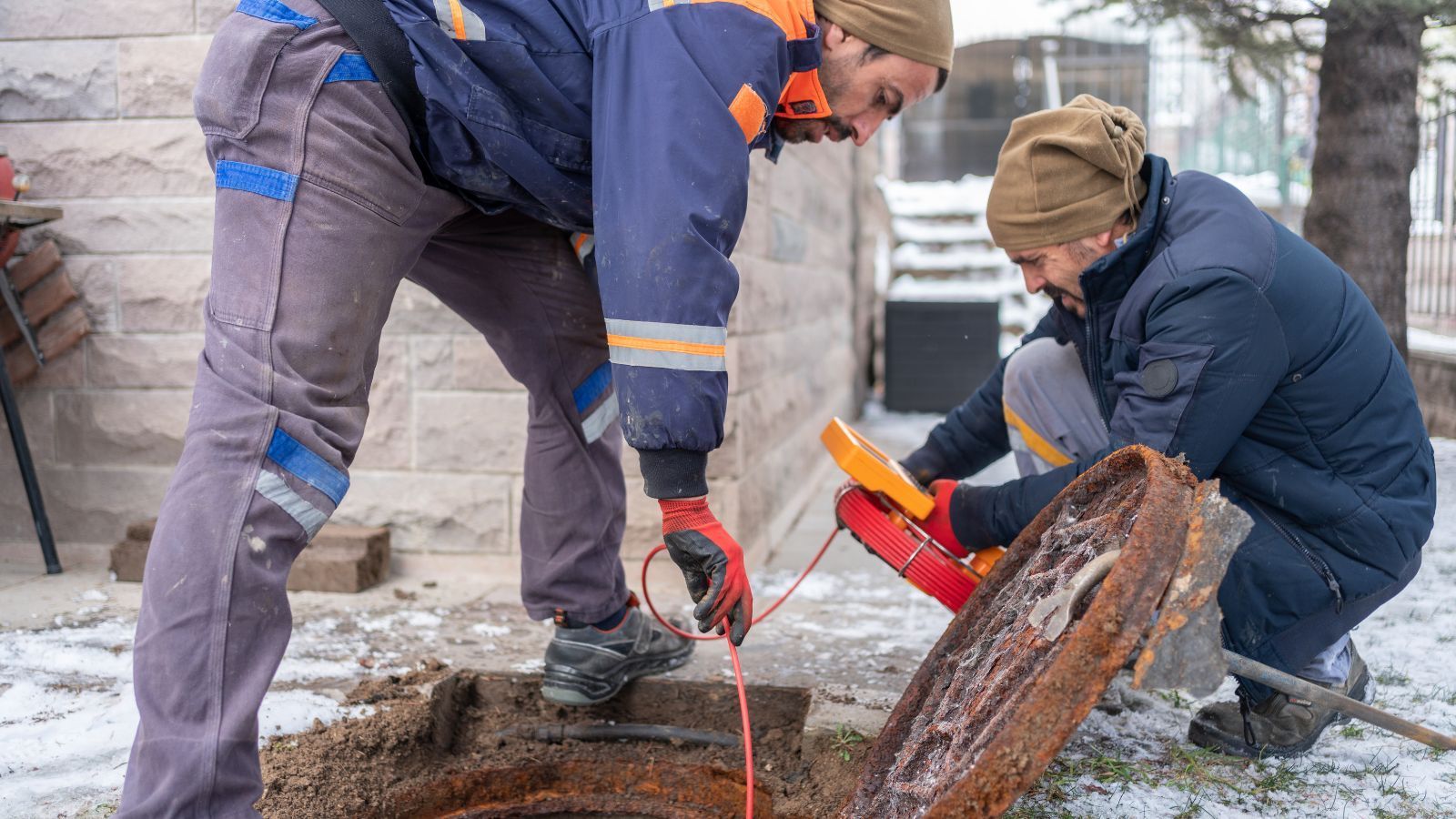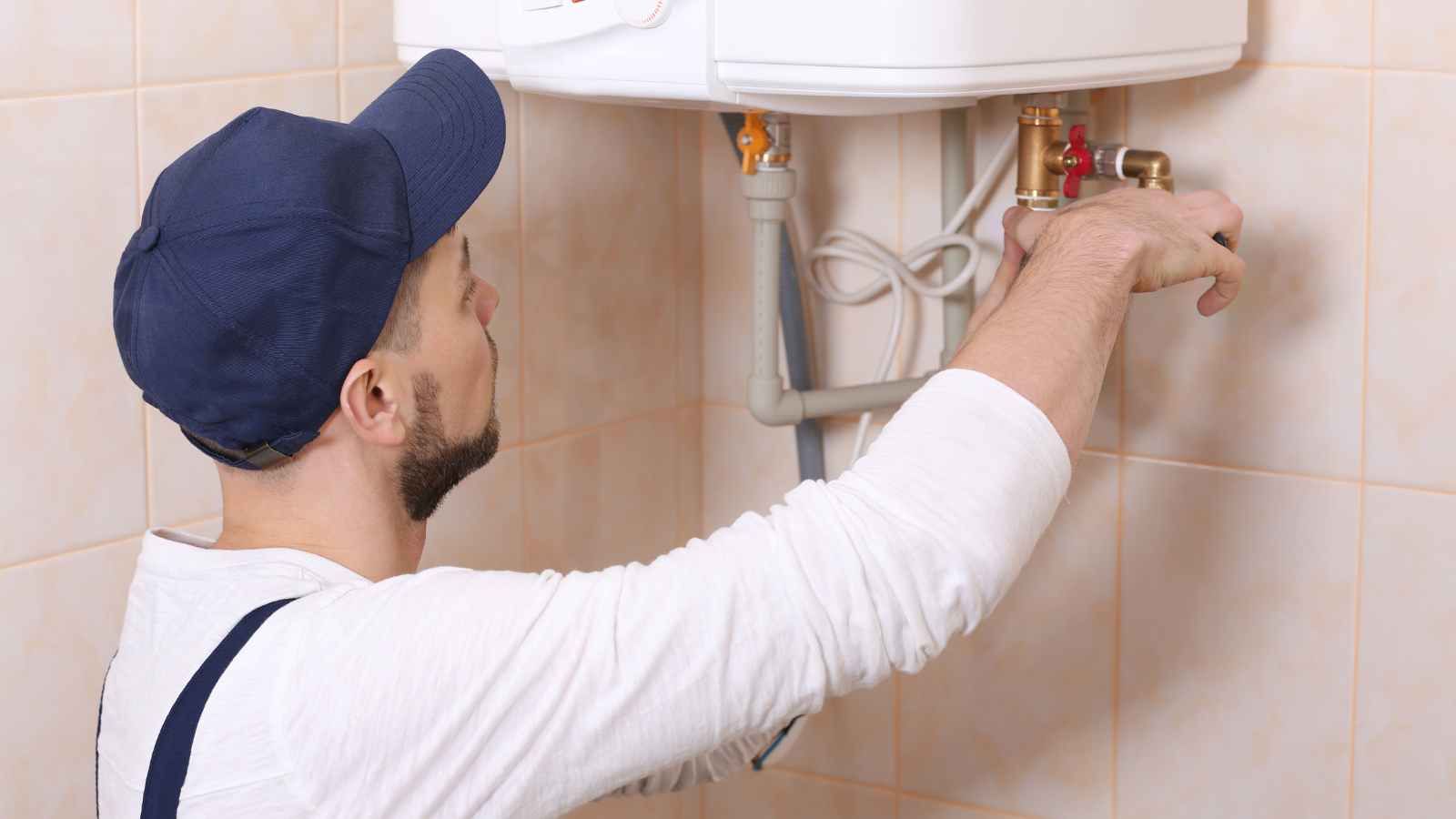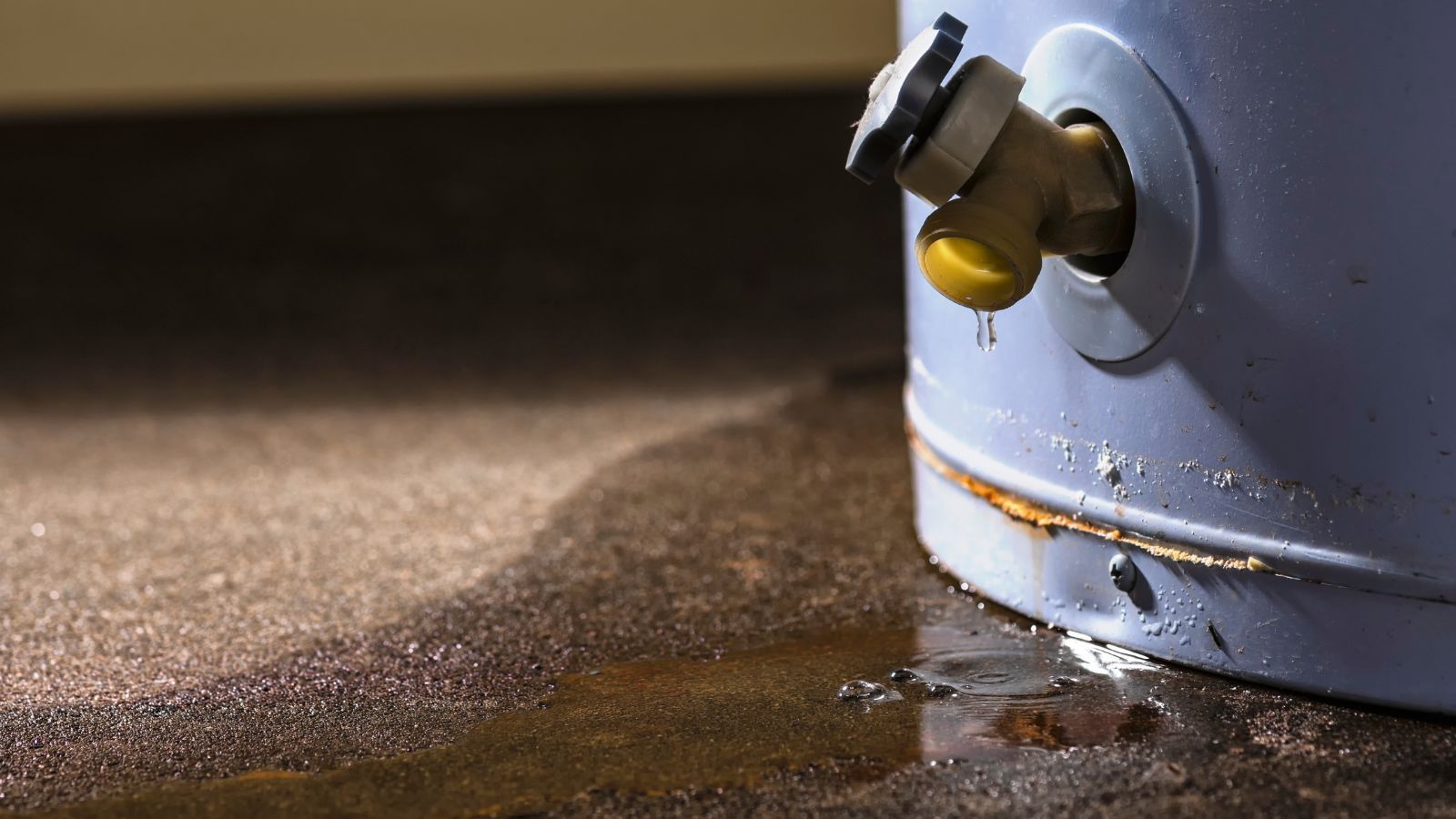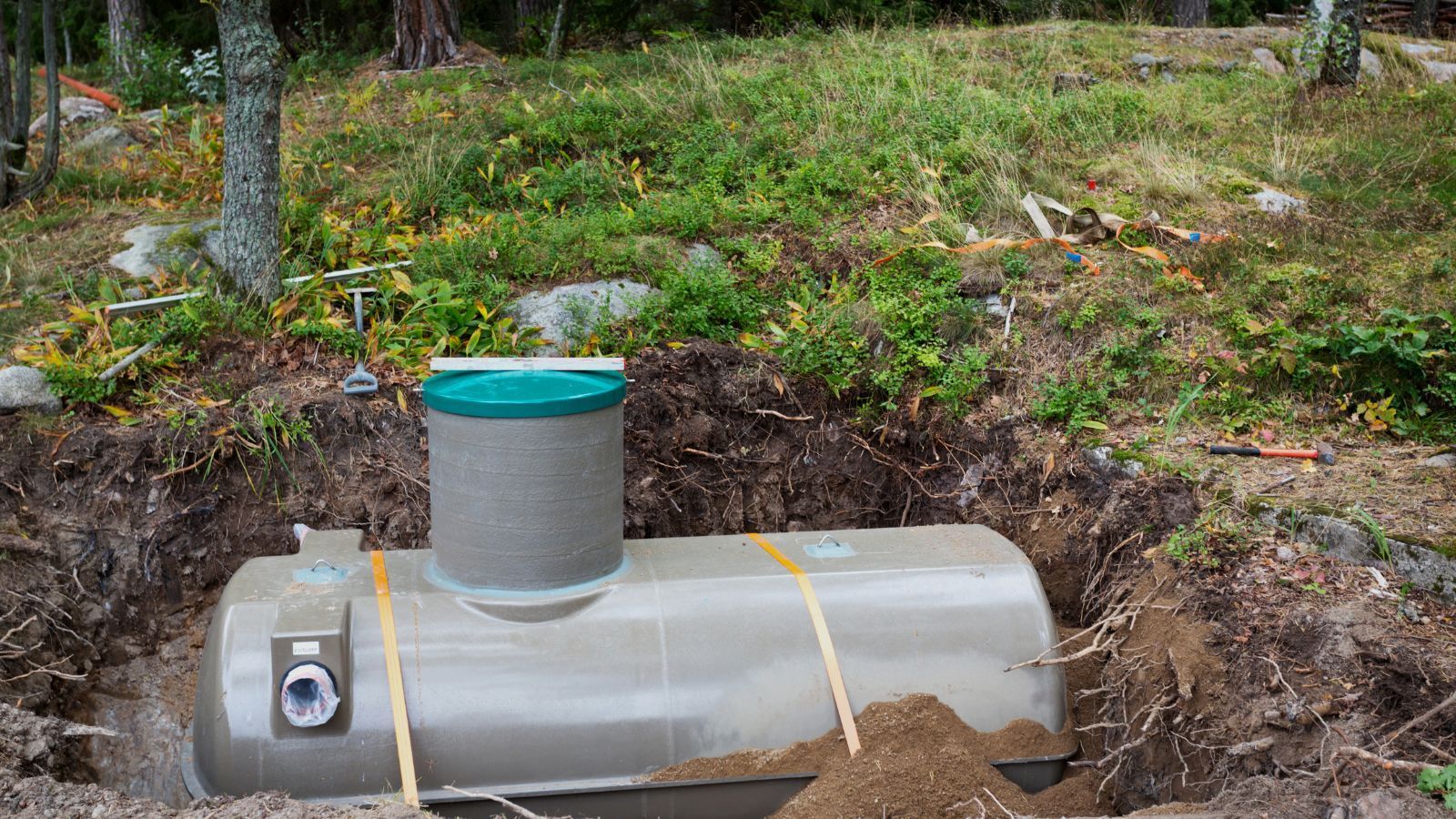What Causes Sewer Backup? Common Culprits and Prevention Tips
A sewer camera inspection is a homeowner’s first defense against a sewer backup. Sewer backups cause unexpected chaos, property damage, and health risks. Recognizing the warning signs early will save you from the extra stress and expense. To avoid the nightmare of a backed-up sewer line it’s best to know the common causes and prevention methods beforehand.
In this post, we will cover:
How Can You Tell If You Have a Sewer Backup?
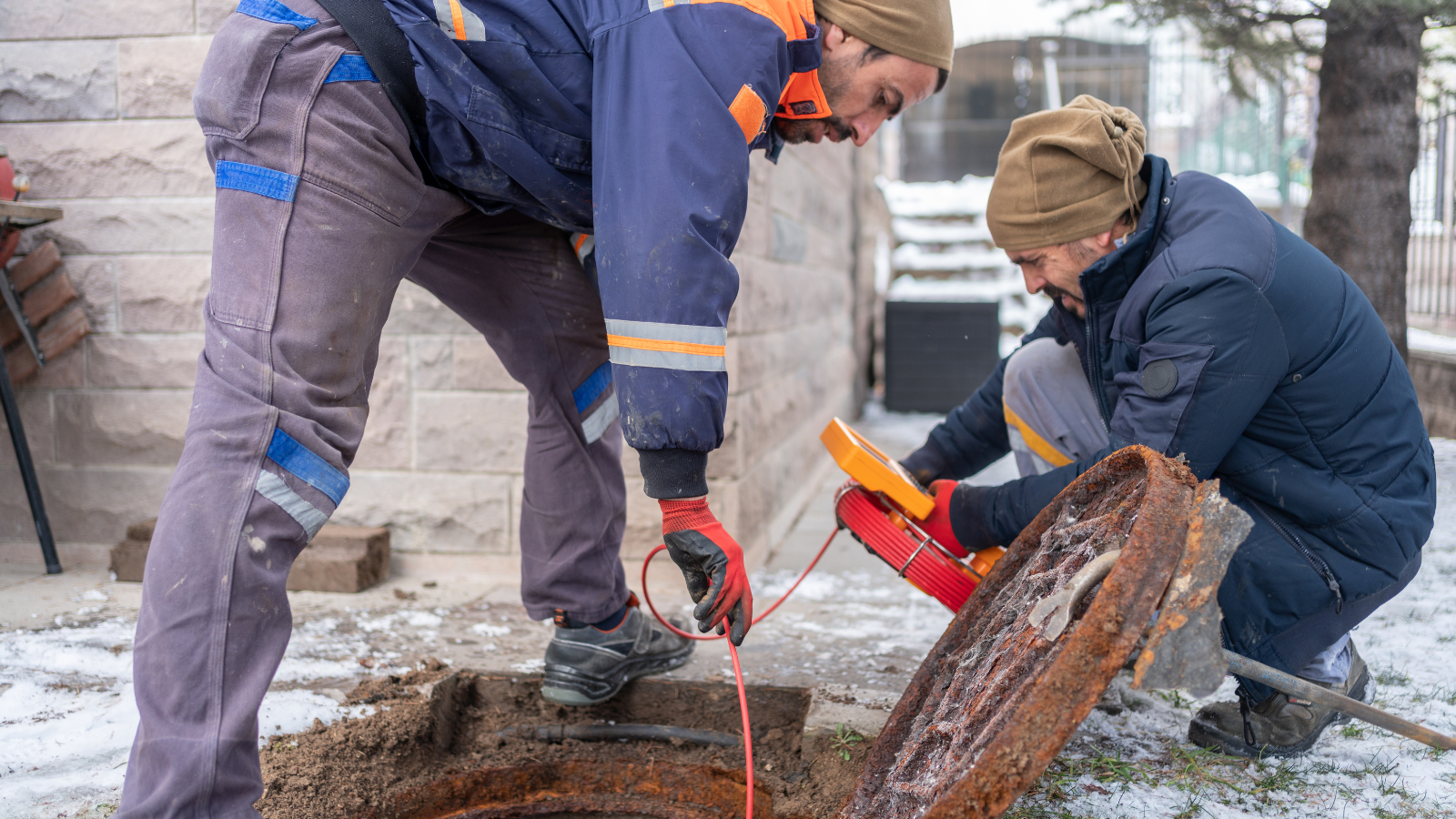
Detecting a sewer line backup early will save you from a messy and costly plumbing disaster. Here are common warning signs to look out for:
- Slow Drains: When sinks, bathtubs, and toilets drain slower than normal, it indicates a blockage in the main sewer line rather than an isolated plumbing issue.
- Odors from Drains: Consistent sewage odors indicate sewer backups.
- Gurgling Sounds: A gurgling sound in your pipes, particularly after flushing the toilet or running the water, may indicate air trapped by a blockage.
Catching the warning signs of a sewer line backup provides an opportunity to fix the problem before a complete disaster occurs.
Common Causes of Sewer Backup
There’s always a culprit lurking beneath the surface when sewer backups happen. Look for these common offenders:
- Tree Root Infiltration: Tree roots are notorious for sneaking into sewer lines. These roots can crack pipes, create blockages, and cause sewer backups.
- Grease, Debris, and Flushed Non-Flushables: Do not flush grease, wipes, or hygiene products down the toilet. A little TLC for your plumbing could have prevented a nasty sewer backup.
- Damaged or Aging Pipes: Old or improperly installed sewer lines are ticking time bombs. Cracks, corrosion, or misaligned joints make backups more likely. It’s smart to give old pipes a check-up.
- Extreme Weather: Unmaintained drainage systems can cause basement sewer backups during heavy rains.
Knowing these common causes for sewer backups will alert you to take action against plumbing headaches.
The Role of Sewer Camera Inspection
Through the wonders of sewer camera inspection technology, guesswork with plumbing problems is a thing of the past. Professionals can now peek inside your pipes to identify issues with pinpoint accuracy.
A small, waterproof camera is inserted into your sewer line and guided through the system, providing pictures of what’s going on with your pipes. Sewer camera inspections uncover problems like tree root invasions, clogs, or damaged pipes. The benefits are undeniable:
- Accurate Diagnosis: Eliminates guesswork and saves time and money in the long run.
- Tailored Solutions: The correct plumbing solutions are based on the true cause.
Sewer camera inspections are a smart way for homeowners to stay ahead of sewer backups.
How to Fix a Sewer Backup Quickly
Swift action will help you deal with an unpleasant sewer backup. Here are the quick steps to take:
- Turn off the water supply to stop the water flow.
- Leave the cleanup to the professionals who handle harmful bacteria and contaminants.
- Call for emergency sewer backup service quickly. Rapid responses are needed to limit the damage and restore your plumbing system.
- Safely protect what you can. Remove valuables and furniture away from the affected area to minimize property damage.
Time is of the essence during emergency sewer backup situations. Acting quickly can save you from costly replacements and repairs. Let the professionals solve the sewer backup while you keep your home safe.
Can Home Insurance Help Cover Sewer Backup Damages?
Does home insurance cover water damage from leaking pipes or sewer problems? The answer is: It depends.
What’s Usually Covered?
Typical home insurance policies cover water damage caused by sudden and accidental pipe bursts or leaks. But if the damage is caused by long-term pipe corrosion or neglect, your claim will likely be denied. Talk to your insurance agent for additional coverage to your policy such as a sewer or water backup endorsement that protects your home from backups caused by clogs or municipal line issues.
Filing a Claim
Follow these steps to file a claim when you experience a sewer backup or water damage:
- Document the Damage: Take photos and detailed notes of the affected areas.
- Contact Your Insurance Provider: Report your plumbing damage quickly, and ask if your policy includes sewer backup or water damage coverage.
- Hire a Professional: You need an expert assessment to identify the cause and provide estimates.
Preventive maintenance will reduce your need to file a claim. Talk to your plumber about installing backwater valves, scheduling regular plumbing inspections, and avoiding flushing non-flushable items.
Double-check your homeowners’ insurance policy and discuss coverage options with your insurer. Preparation will make all the difference when water woes strike.
Protect Your Home from Sewer Backups
A sewer backup can disrupt your home and finances, but proactive care and early detection can make all the difference. Regular inspections prompt action on warning signs, and expert help are vital to preventing costly damage.
Trust
Moe’s Plumbing for reliable sewer camera inspections, repairs, and emergency sewer backup services. Schedule your service today and keep your plumbing running smoothly!
